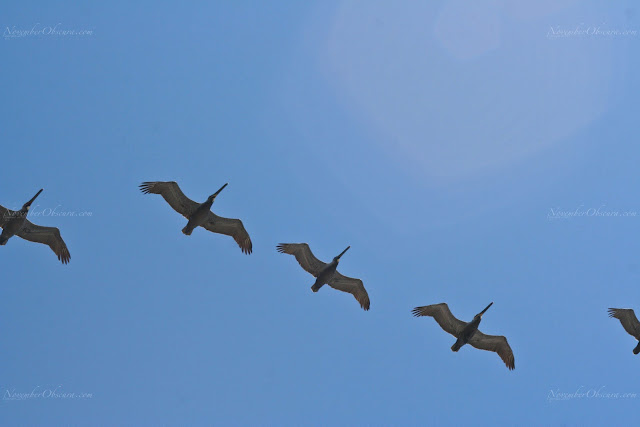Los Angeles on a blurry, cloudy evening
Burbank, California
Downtown Los Angeles
Downtown, Los Angeles just after the rain
Closer
Looking West
Hollywood, California
All these photos were taken from the Griffith Observatory
At the Observatory
The camera obscura (Latin; "camera" is a "vaulted chamber/room" + "obscura" means "dark"= "darkened chamber/room") is an optical device that projects an image of its surroundings on a screen. It is used in drawing and for entertainment, and was one of the inventions that led to photography. The device consists of a box or room with a hole in one side. Light from an external scene passes through the hole and strikes a surface inside where it is reproduced, upside-down, but with color and perspective preserved. The image can be projected onto paper, and can then be traced to produce a highly accurate representation.
Using mirrors, as in the 18th century overhead version (illustrated in the History section below), it is possible to project a right-side-up image. Another more portable type is a box with an angled mirror projecting onto tracing paper placed on the glass top, the image being upright as viewed from the back.
As a pinhole is made smaller, the image gets sharper, but the projected image becomes dimmer. With too small a pinhole the sharpness again becomes worse due to diffraction. Some practical camera obscuras use a lens rather than a pinhole because it allows a larger aperture, giving a usable brightness while maintaining focus.
Griffith Observatory is in Los Angeles, California, United States. Sitting on the south-facing slope of Mount Hollywood in L.A.'s Griffith Park, it commands a view of the Los Angeles Basin, includingdowntown Los Angeles to the southeast, Hollywood to the south, and the Pacific Ocean to the southwest. The observatory is a popular tourist attraction with an extensive array of space- and science-related displays.
The first exhibit visitors encountered in 1935 was the Foucault pendulum, which was designed to demonstrate the rotation of the Earth. The Foucault pendulum ( /fuːˈkoʊ/ foo-KOH), or Foucault's pendulum, named after the French physicist Léon Foucault, is a simple device conceived as an experiment to demonstrate therotation of the Earth. While it had long been known that the Earth rotated, the introduction of the Foucault pendulum in 1851 was the first simple proof of the rotation in an easy-to-see experiment.
The experimental apparatus consists of a tall pendulum free to swing in any vertical plane. The actual plane of swing appears to rotate relative to the Earth; in fact the plane is fixed in space while the Earth rotates under the pendulum once a sidereal day. The first public exhibition of a Foucault pendulum took place in February 1851 in the Meridian of the Paris Observatory. A few weeks later Foucault made his most famous pendulum when he suspended a 28 kg brass-coated lead bob with a 67 meter long wire from the dome of the Panthéon, Paris. The plane of the pendulum's swing rotated clockwise 11° per hour, making a full circle in 32.7 hours. The original bob used in 1851 at the Panthéon was moved in 1855 to the Conservatoire des Arts et Métiers in Paris



















































